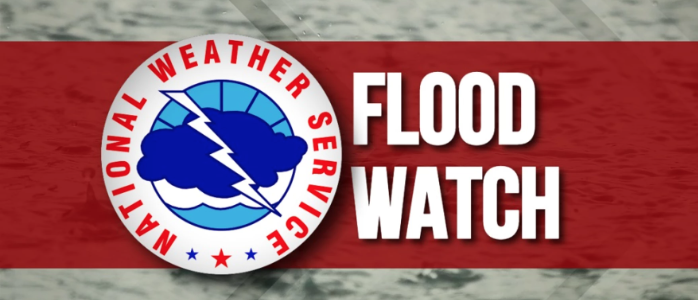— from Shaun Hubbard, San Juans Alliance —
Dear Safe Shippers,
At some point today, March 24, 2014, the 25th Anniversary of the Exxon Valdez oil spill, please take a moment to reflect on the mistakes of the past.
Let’s do what we can to never repeat them.
************
Here are a few links to information about the spill and about the increase in fossil fuel shipments in our region. With the increase of shipments comes the increase in the probability of an Exxon Valdez-like accident happening here in our islands.
The media is full of this news today — all you have to do is Google “Exxon Valdez Oil Spill 25”. Let’s hope we are never ever on Google as “San Juan Islands Oil Spill.” Instead of just hoping, however, there are ways to take action (see below).
Thank you for advocating for Safe Shipping in our island waters!
************
“The Thin Green Line” video:
The Pacific Northwest stands at a crossroads. Widely recognized as a global leader in sustainability, the region now faces the prospect of becoming the primary gateway to Asian markets for massive quantities of fossil fuel.
************
Excerpt from Sightline Daily article:
The Pacific Northwest – including our islands – stand squarely between the most voracious energy markets in the world and huge fossil fuel deposits in the interior of North America—Powder River Basin coal, Bakken shale oil, Alberta tar sands, and remote natural gas fields.
But to get these products to market, energy companies first have to build new terminals and pipelines to move all that fuel. They need destinations for the scores of oil and coal trains that they plan to run across the Northwest, and they need right-of-ways to lay new pipelines. And they need our waters to ship it through.
In short, they need our permission.
So it is by geographic accident that the Northwest, perhaps the greenest corner of North America, will play an outsize role in determining the planet’s climate future. Will we double-down on coal and oil use, thereby jeopardizing our chance at a stable climate? Or will we act as a thin green line, insisting that we must do better—that our economy and our children demand a cleaner future?
**If you are reading theOrcasonian for free, thank your fellow islanders. If you would like to support theOrcasonian CLICK HERE to set your modestly-priced, voluntary subscription. Otherwise, no worries; we’re happy to share with you.**






